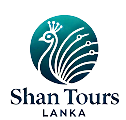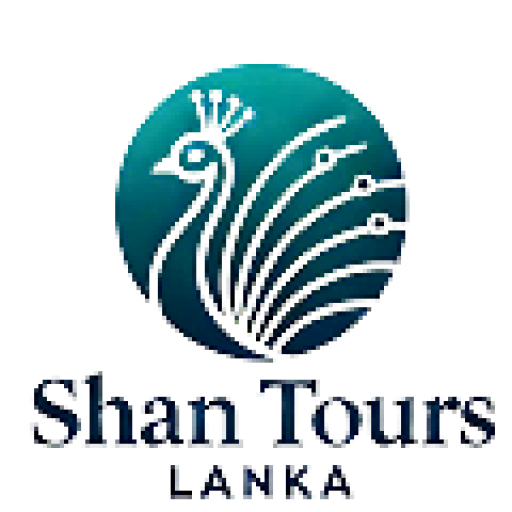Colombo
- Home
- Colombo
Colombo

Colombo ( Sinhala: කොළඹ) is the executive and judicial capital and largest city of Sri Lanka by population. The Colombo metropolitan area is estimated to have a population of 5.6 million, and 752,993 within the municipal limits. It is the financial centre of the island and a tourist destination. It is located on the west coast of the island and adjacent to the Greater Colombo area which includes Sri Jayawardenepura Kotte, the legislative capital of Sri Lanka, and Dehiwala-Mount Lavinia. Colombo is often referred to as the capital since Sri Jayawardenepura Kotte is situated within the Colombo metro area. It is also the administrative capital of the Western Province and the district capital of Colombo District. Colombo is a busy and vibrant city with a mixture of modern life, colonial buildings and monuments.
It was made the capital of the island when Sri Lanka was ceded to the British Empire in 1815, retaining its capital status when Sri Lanka gained independence in 1948. In 1978, when administrative functions were moved to Sri Jayawardenepura Kotte, Colombo was designated as the commercial capital of Sri Lanka.
The name ‘Colombo’, first introduced by the Portuguese explorers in 1505, is believed to be derived from the classical Sinhala name කොලොන් තොට, கொல்லம் துறைமுகம் Kolon thota, meaning “port on the river Kelani“.[11]
Another belief is that the name is derived from the Sinhala name කොල-අඹ-තොට, பெருங்குடல் துறைமுகம் Kola-amba-thota which means ‘Harbour with leafy/green mango trees’.[12] This coincides with Robert Knox‘s history of the island while he was a prisoner in Kandy. He writes that “On the West, the City of Columbo, so-called from a Tree the Natives call Ambo, (which bears the Mango-fruit) growing in that place; but this never bear fruit, but only leaves, which in their Language is kola and thence they called the Tree Colambo: which the Christians in honour of Christopher Columbus turned to Columbo.”
The author of the oldest Sinhala grammar, Sidatsangarava, written in the 13th century wrote about a category of words that exclusively belonged to early Sinhala. It lists naramba (to see) and kolamba (fort or harbour) as deriving from the indigenous Vedda language. Kolamba may also be the source of the name of the commercial capital Colombo.
History
Traveller Ibn Battuta who visited the island in the 14th century, referred to it as Kalanpu.Arabs, whose primary interests were trade, began to settle in Colombo around the eighth century AD mostly because the port helped their business by the way of controlling much of the trade between the Sinhalese kingdoms and the outside world. It was popularly believed that their descendants comprised the local Sri Lankan Moor community, but their genetics are predominantly South Indian.


